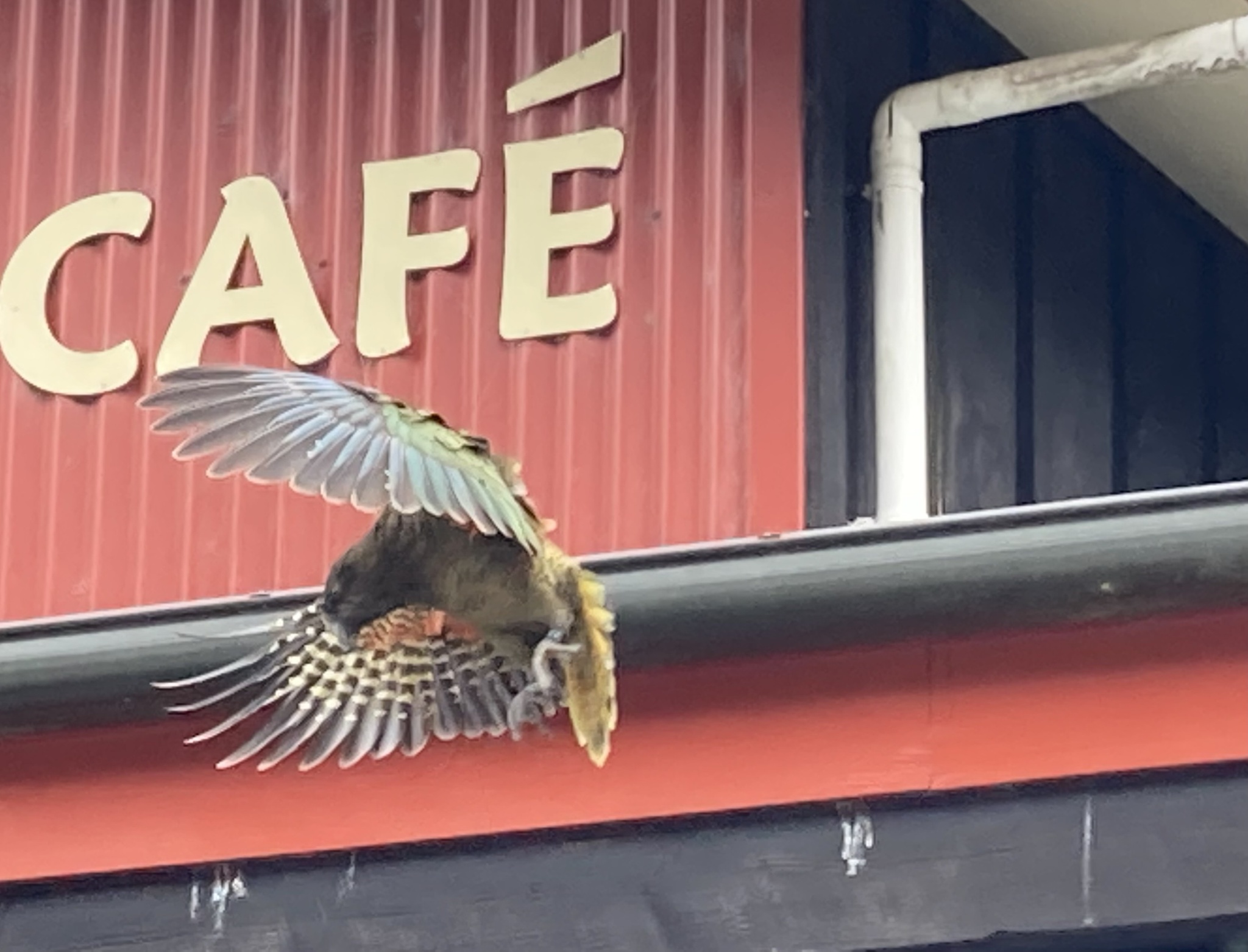Journal/
conference: NZ Journal of Ecology
conference: NZ Journal of Ecology
Organisation/s:
Department of Conservation, Manaaki Whenua - Landcare Research, Wildlife Surveillance Ltd, Wyndon Aviation Ltd, OSPRI
Funder:
This work was jointly conceived and funded by
the Department of Conservation’s National Predator Control
Programme and OSPRI as part of an ongoing collaborative
research programme to investigate and implement risk
mitigation methods to protect kea during landscape-scale
predator control operations.



 New Zealand
New Zealand


